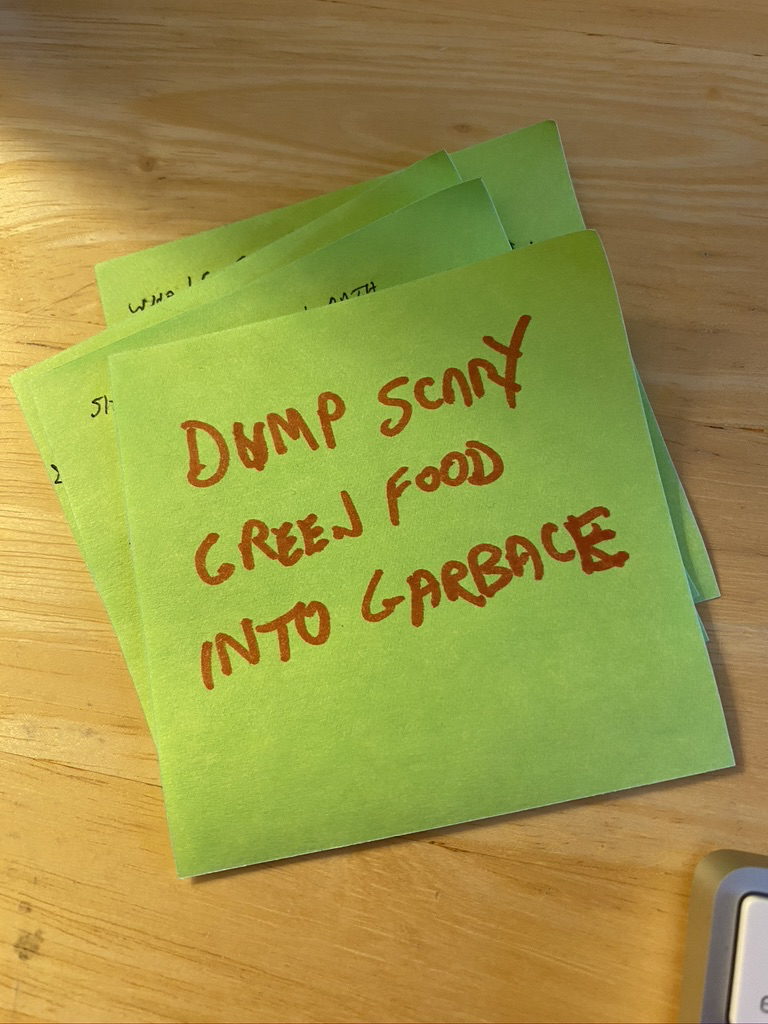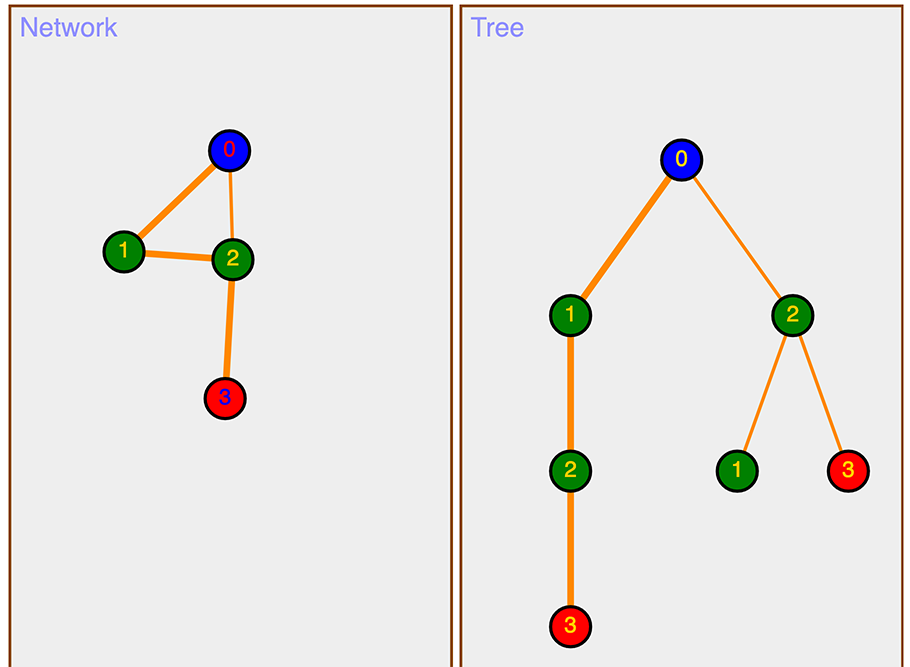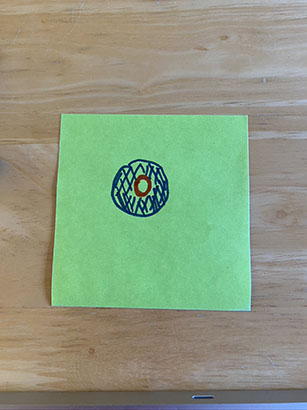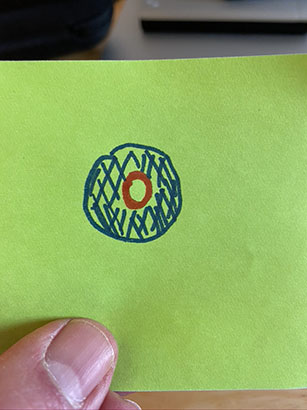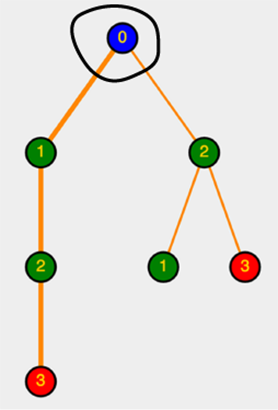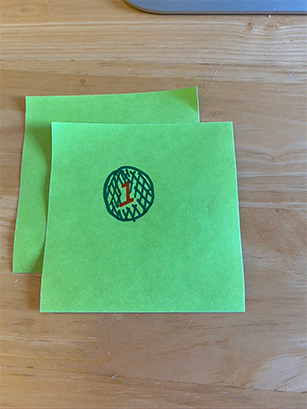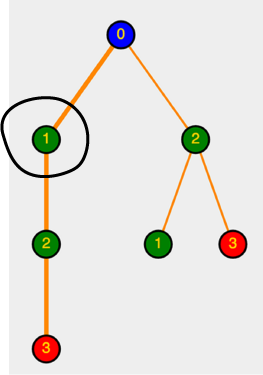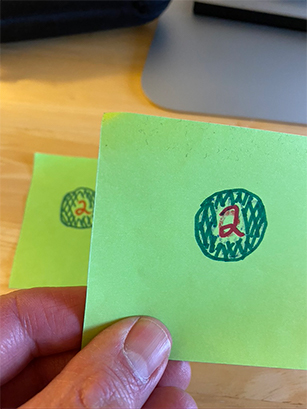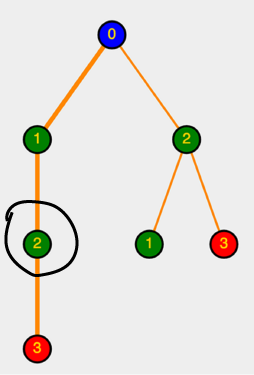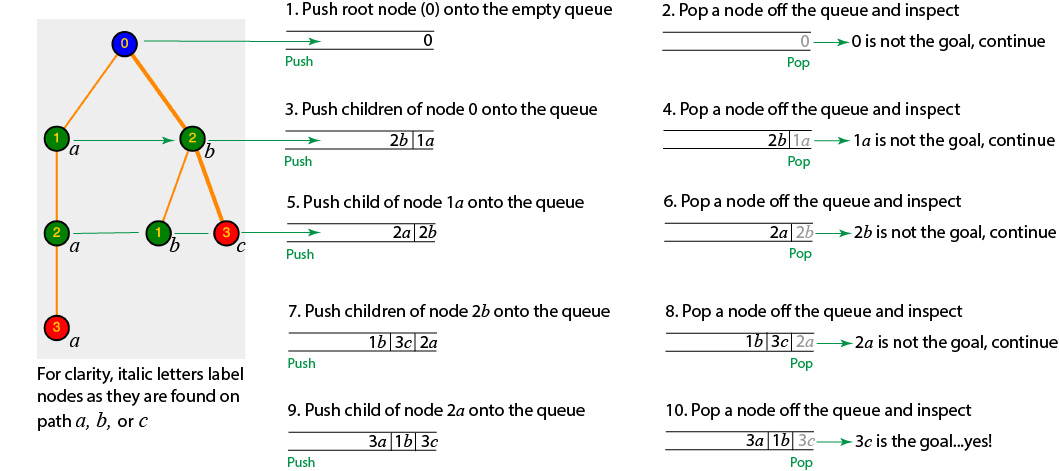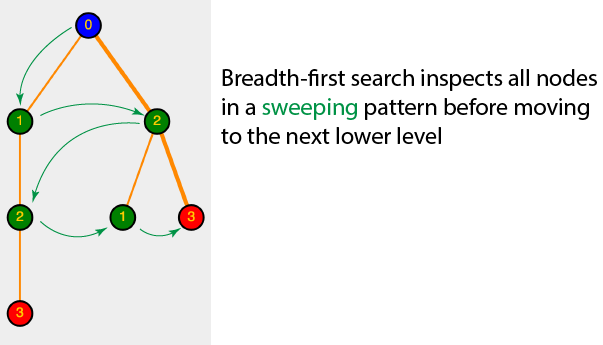My sticky notes for Cleaning the House
Take out the garbage.
Wash the kitchen floor.
Dump scary green food in the refrigerator into the garbage.
Rake the leaves and put them in bags.
Vacuum the rugs.
If you stick one on top of another, you can rip them off as you complete them
Algorithm To Clean the House:
While there are sticky notes in the pile,
Take a sticky note from the top, read it, and do the job
At any time you remember a new job, write it on a sticky and put it on top of the pile
When the pile is empty, the algorithm ends (you're done)
Congratulations—you implemented a stack!
A stack is a data structure in which the last item put (or pushed) into the structure is the first item to be removed from it (LIFO--last in, first out)
In our sticky note example, we put "dump scary food..." on the stack last so it will be the first job we encounter when we remove, or pop jobs off the stack
On a stack data structure, you can only push or pop jobs from the same end (in our sticky note example, the top of the pile)
How come? Because this makes them easy and efficient to understand, create and use
Another, very similar data structure, is a queue
A queue is data structure in which the first item put into the structure is the first item to be removed from it (FIFO--first in, first out)
Unlike a stack, you push jobs onto the queue from one side, and pop them from the other
You may need to click on the following video to start it
There are many ways to create stacks and queues in any programming language but we won't worry about that here
Just think of them as ways to organize the tasks that a program needs to complete
